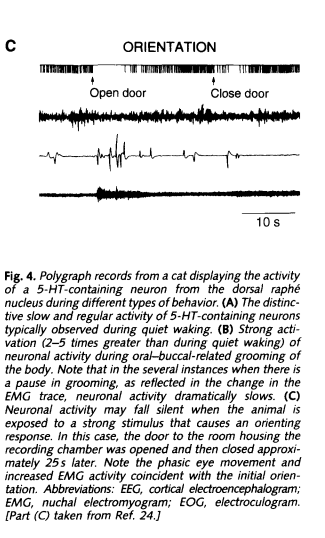And this is not about procrastination (I'm almost certain).
I've been noticing it since childhood that people (me included) tend to do unnecessary side activity, especially if they're invested in the main activity.
Examples of main activity: having a thoughtful conversation, watching an interesting movie, crafting something manually.
Examples of side activities: doing tricks with a pen, playing with shirt buttons, doodling, tearing a piece of paper into smaller parts, attaching and detaching magnets, in other words almost anything slightly amusing/interesting/touch-pleasant.
The side activity tends to increase with the intensity of main activity, only ceasing at the point where the main activity takes all the concentration a person can manage to attain.
What causes this? Does it somehow help us perform the main activity? Then how exactly? Or is it a reaction to performing something effortsome?
